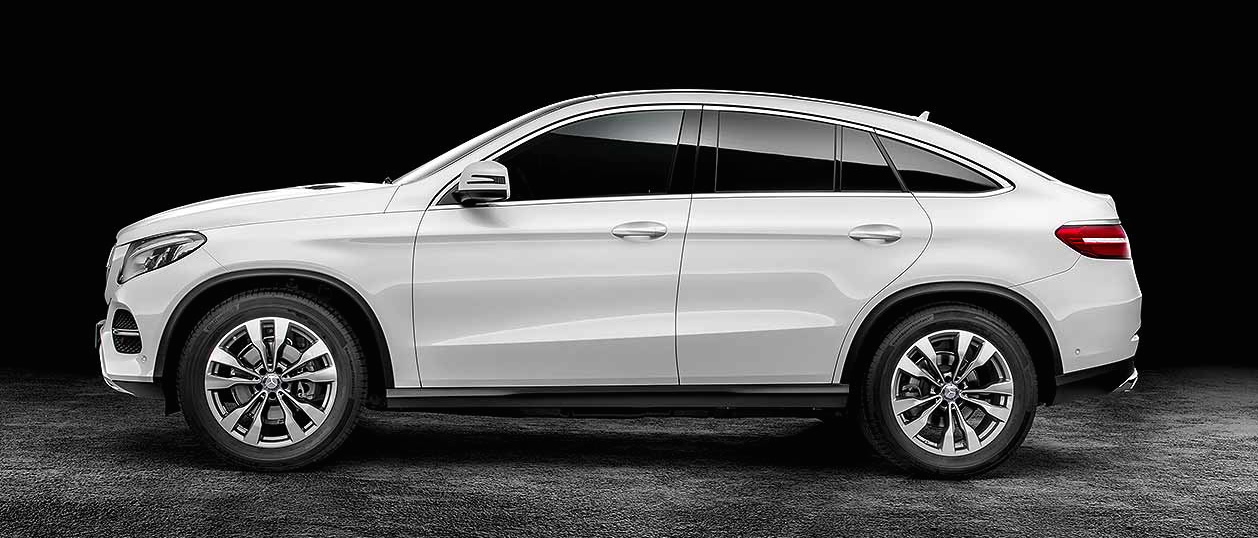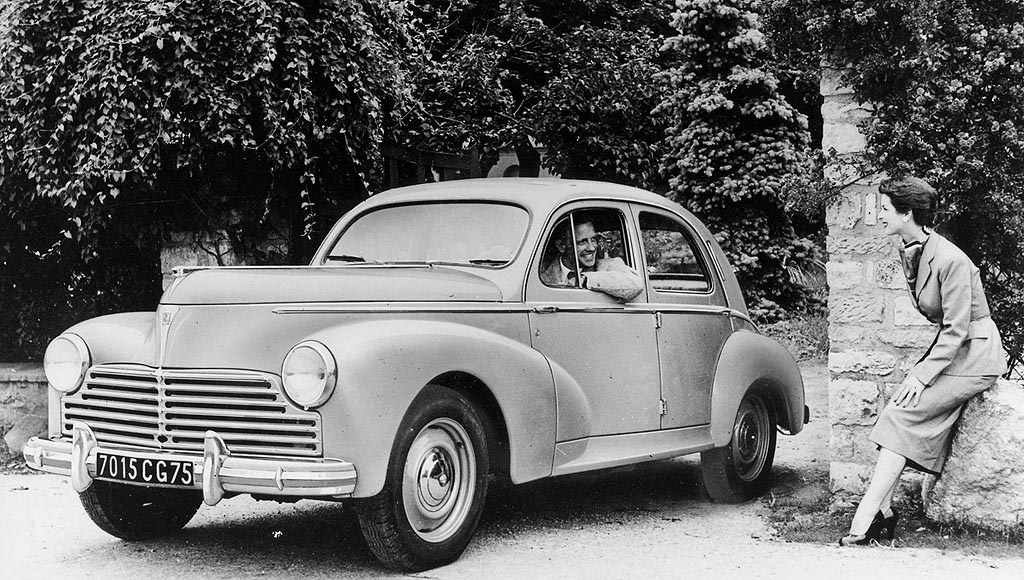Aerodynamic efficiency is problematic for stylists because many potential shapes are ruled out. Furthermore, aerodynamic shapes tend to be rounded, yet there is a strong school of styling thought holding that cars should appear trim, crisp, taut. One compromise is to have the overall shape aerodynamically efficient while including trim, crisp, taut details in places irrelevant to aerodynamics.
This was done when the Fuego was designed. Otherwise, it might have seemed somewhat dumpy, as was the case of the 1993 Ford Mondeo that had plenty of rounded details including windows and grille.
1982 Fuego advertisement by American Motors
Fuegos were sold here in the USA thanks to an agreement between the Régie and American Motors.
Fuego - side view
The strong black trim emphasizes tautness and distracts from what actually is a rather bulky passenger compartment shape.
1983 Fuego - front 3/4 view
If you click to enlarge, you should be able to see that the black strip running along the car's shoulder is ribbed and thereby attracts the eye more than a flat piece of plastic might -- further distracting from the fundamental body shape. But the body itself has some crisp features including the sharp folds on the top and edges of the hood.
1983 Fuego - rear 3/4 view
The ribbed black strip runs around the back of the Fuego, helping to pull the eye from the massive backlight. The character line along the middle of the side takes a dip at the rear wheel opening. This is a subtle detail because an unbroken horizontal line would not meet the intersection of the bumper and tail light assembly.













































